We’ve learned a lot about our transmittered Curlews so far as we tracked their movements on the breeding grounds in Idaho and then followed their migration south for the winter. Part of the reason we wanted to follow these Idaho Curlews was to help us learn why their populations are declining. Unfortunately Curlews lead dangerous lives, and yet another one of our birds has met their demise.
The transmitters attached to the birds allow us to monitor their location, but also give off a signal indicating whether the transmitter has moved recently. This gives a good indication whether the bird is still alive. As we watched our birds, we noticed that while Ada’s transmitter was still sending a strong GPS signal from near Merced, CA, her transmitter had not moved.
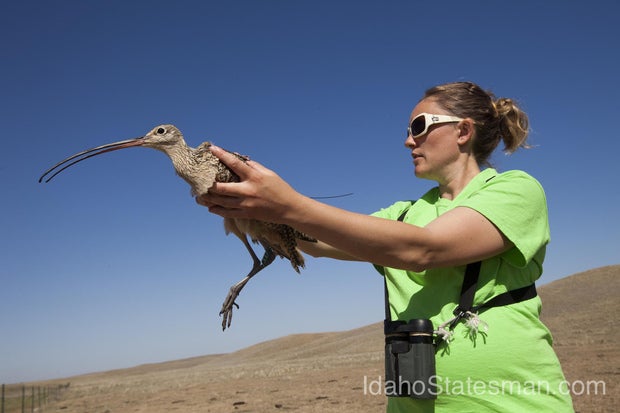
As we began to investigate further, Jay suspected that Ada was no longer living. Jay began to contact biologists in the area to see if we could find out exactly where Ada’s transmitter was. Jay had earlier alerted Greg Gerstenberg, a biologist with California Department of Fish and Wildlife who works in that area, and colleagues that a couple of “our” curlews had migrated to their region. Upon learning of our next mystery, Greg immediately expressed a willingness to help us recover the transmitter and Greg helped Jay track down the key landowners in the area: University of California-Merced and the Flying M Ranch, both of whom were very willing to allow us permission to search on their land.
Lucky for us, Jay had already scheduled a flight to California for a pelagic trip with Alvaro’s Adventures and had 3/4 of a day “free”. He brought the tracking unit that allows us to find transmitters on the ground and delivered it to Greg. Greg and his family invited Jay into their home to visit for a while and they had a great time swapping biology stories and exchanging info about curlews. Upon leaving, Greg’s daughter Kendra presented Jay with a neat drawing of a curlew and baby (see below) as a “thank-you” for coming to visit and sharing information! Jay was pleasantly surprised as he was feeling very thankful to Greg and his family and didn’t feel that he was the one to be thanked but it was a touching and much appreciated gift.
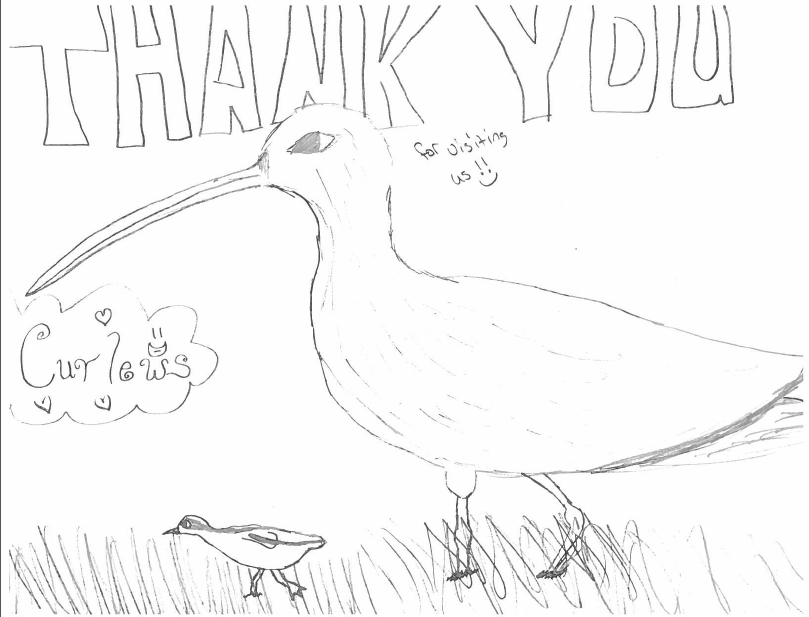
The next day our suspicions were confirmed. Greg and his son, Jack, journeyed to the field where Ada’s last transmission had come from. He found the transmitter, intact and still working. He also found a plucked pile of feathers and scavenged remains of Ada’s body. Based on his inspection of the area (which includes a nearby powerline), Greg’s best guess is that Ada was most likely depredated by an avian predator.
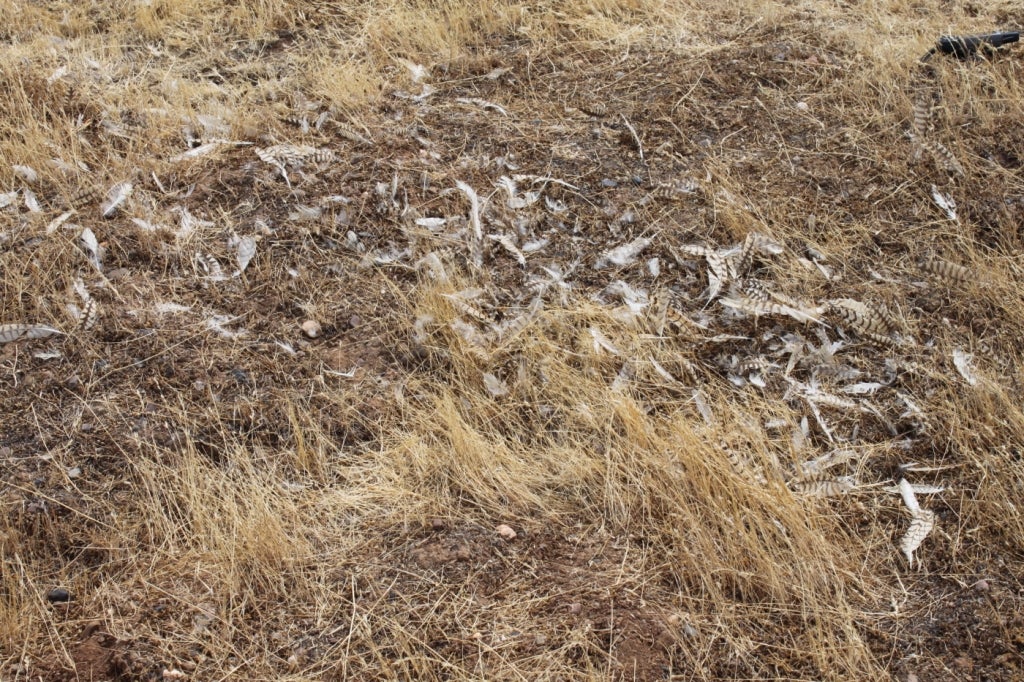
He found a large pile of plucked-out feathers, typical of a raptor kill, as well as some other evidence of scavenging. There are many Prairie Falcons that spend the non-breeding season in the area, so it’s possible that one of these speedy predators captured Ada.
We have to admit that we think Prairie Falcons are pretty cool, so we are glad that if she was going to die at least she was able to help nourish a raptor, and that it doesn’t appear her death was human-caused.
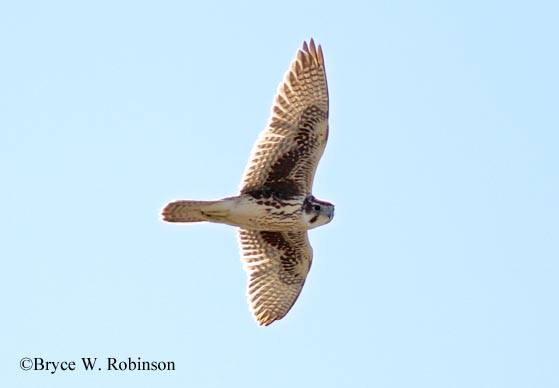
While we are sad to lose another bird, she gave us a lot of good information about curlew migration and breeding behavior before she died. By tracking both her and her mate, Emmett, we learned more about how curlew pairs cooperate to raise their young. Ada also became a local celebrity in the Idaho Statesman, and helped us educate the community about Curlews and their conservation needs.
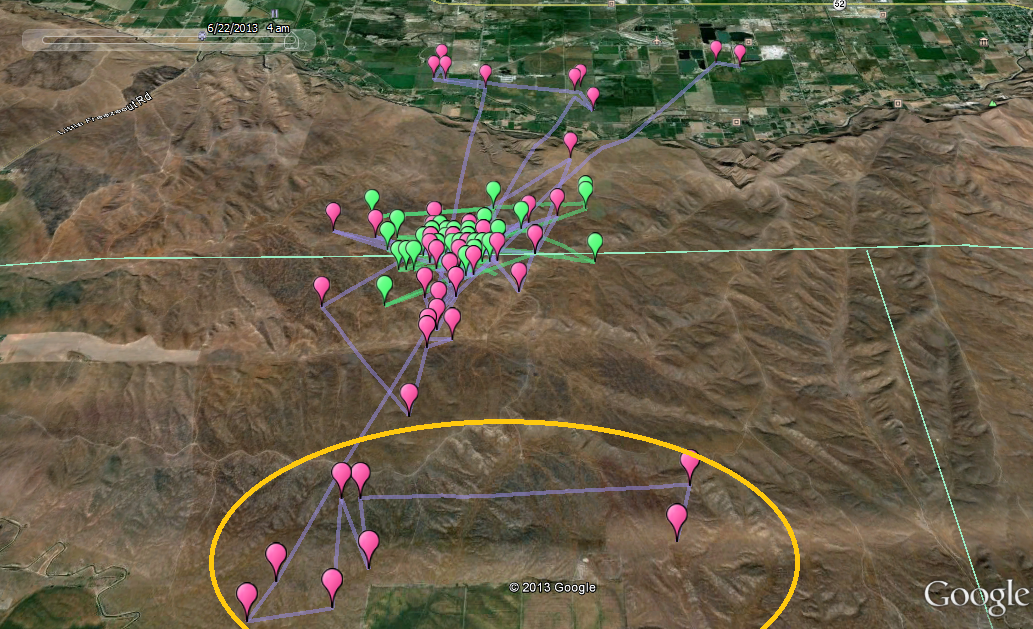
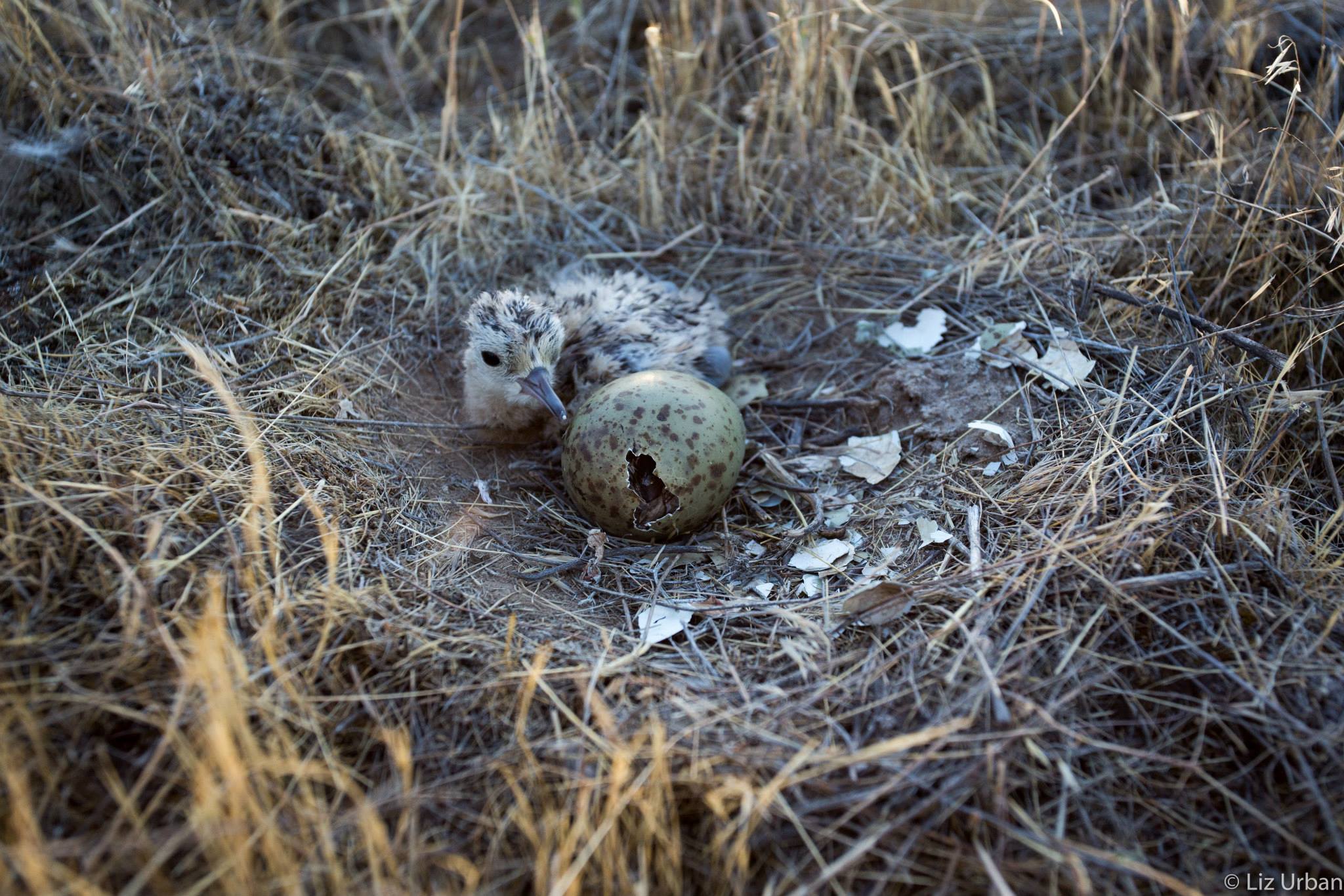
Thanks to Greg, we were able to recover Ada’s transmitter intact, so we will be able to get it re-furbished and use it next year on another curlew!
Check back soon for winter updates on our other three Curlews.